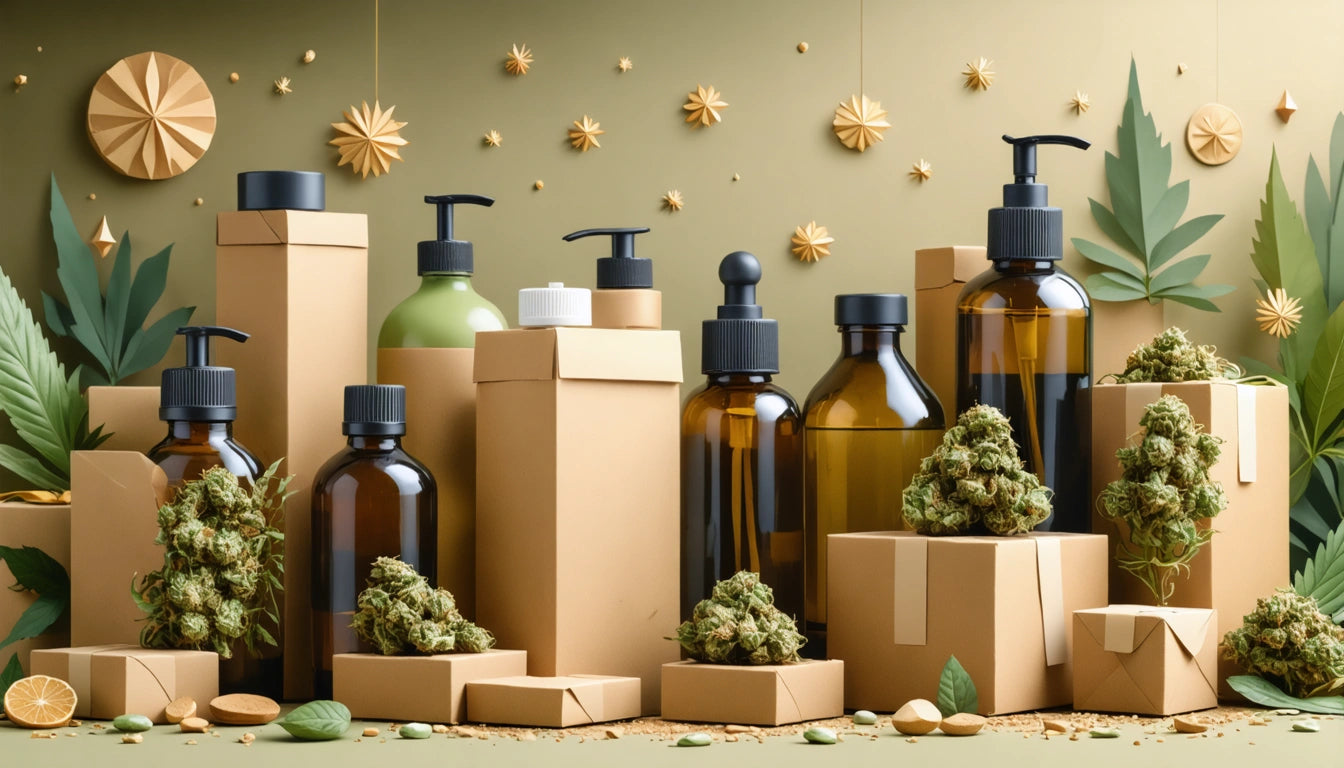Table of Contents
How to Audit Your Packaging for Efficiency
In the competitive cannabis industry, packaging efficiency can make or break your profit margins. An effective packaging audit identifies waste, streamlines processes, and balances cost-saving measures with regulatory compliance. This guide walks you through conducting a thorough packaging efficiency audit to optimize your operations without compromising product quality or brand perception.
Understanding Packaging Efficiency
Packaging efficiency encompasses material usage, design functionality, production processes, and logistics. The goal is to eliminate waste while maintaining product protection, regulatory compliance, and brand appeal. According to industry research, inefficient packaging can account for up to 10-15% of unnecessary operational costs.
Many cannabis businesses fall into the trap of overpackaging, which not only increases expenses but can also negatively impact consumer perception and environmental footprint. A systematic audit helps identify these issues and create opportunities for meaningful improvements.
Conducting a Comprehensive Packaging Audit
Step 1: Gather All Packaging Components
Begin by collecting samples of every packaging component used across your product lines. This includes primary containers, secondary packaging, labels, inserts, and shipping materials. Document the specifications, costs, and suppliers for each item.
Step 2: Map Your Packaging Process
Create a flowchart of your entire packaging process from component reception to final shipment. Note the time, labor, and equipment involved at each stage. This visualization helps identify bottlenecks and inefficiencies in your workflow.
Step 3: Analyze Material Usage
Measure dimensions, weight, and material composition of each packaging component. Compare these specifications against your product requirements to identify potential overpackaging. Consider if lighter or smaller alternatives could provide the same protection and compliance.
Identifying Common Packaging Inefficiencies
During your audit, watch for these common inefficiencies:
- Redundant Layers: Multiple layers of packaging that serve the same purpose
- Oversized Containers: Packaging that is significantly larger than the product it contains
- Material Overkill: Using premium materials where standard options would suffice
- Process Bottlenecks: Manual steps that could be automated or streamlined
- Supplier Fragmentation: Sourcing similar items from multiple vendors
Many brands discover that oversized packaging not only increases costs but can also damage brand perception. Consumers increasingly associate excessive packaging with environmental irresponsibility and corporate waste.
Implementing Cost-Effective Solutions
Right-Sizing Your Packaging
After identifying inefficiencies, develop solutions that maintain product protection while reducing waste. This might include:
1. Redesigning packaging dimensions to better fit your products
2. Consolidating packaging layers where possible
3. Switching to lighter-weight materials that maintain structural integrity
4. Standardizing packaging across product lines to benefit from economies of scale
Automating for Consistency
Consider investing in automation where it makes financial sense. For example, our industrial grinder machines and equipment can significantly improve processing efficiency while ensuring consistent product preparation before packaging. The initial investment in appropriate machinery often pays for itself through labor savings and reduced material waste.
Negotiating with Suppliers
Use your audit findings to negotiate better terms with suppliers. Consider:
1. Volume discounts based on consolidated ordering
2. Just-in-time delivery to reduce storage costs
3. Vendor-managed inventory programs
4. Exploring alternative suppliers for comparison
As outlined in this guide on cutting packaging costs without sacrificing quality, supplier negotiations can yield significant savings when approached strategically.
Measuring and Maintaining Efficiency Improvements
Implementing changes is only the beginning. Establish metrics to track the impact of your efficiency improvements:
- Cost per unit packaged
- Material usage per product
- Packaging waste generated
- Labor hours per unit
- Fulfillment time
Schedule regular follow-up audits to ensure continued efficiency. Markets, regulations, and technologies evolve, requiring ongoing optimization of your packaging strategy.
For specialized packaging like rigid boxes, additional techniques may be required. Our guide on making rigid boxes more cost-effective provides specific strategies for this premium packaging option.
Balancing Efficiency with Brand Experience
While efficiency is crucial, remember that packaging plays a vital role in brand perception and customer experience. Any changes should maintain or enhance the unboxing experience and brand presentation. The most successful packaging audits find the sweet spot between efficiency and brand integrity.
By conducting regular packaging audits and implementing targeted improvements, cannabis businesses can significantly reduce costs while maintaining compliance and enhancing sustainability. This systematic approach transforms packaging from a necessary expense into a strategic advantage in an increasingly competitive market.











Leave a comment
All comments are moderated before being published.
This site is protected by hCaptcha and the hCaptcha Privacy Policy and Terms of Service apply.